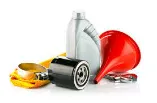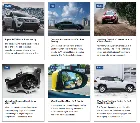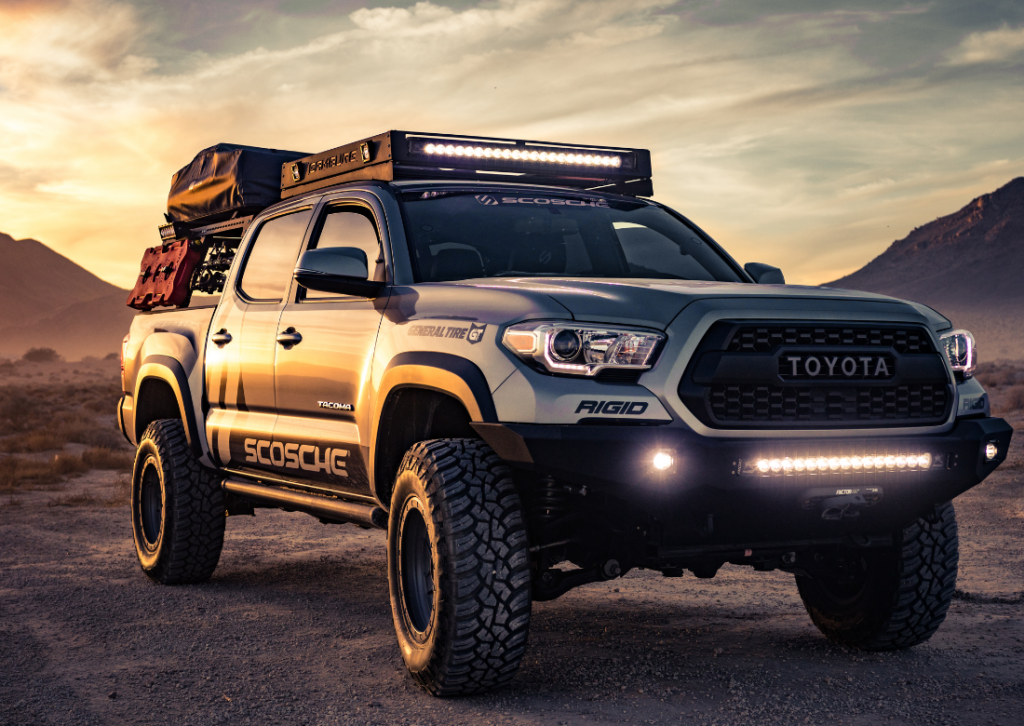

How Much Weight Can A Toyota Tacoma Carry In The Bed
The Tacoma’s payload capacity varies depending on the model, configuration, and towing packages. Base models can carry 1,120 to 1,620 pounds, while higher trims may handle 1,440 to 1,685 pounds. Always check the owner’s manual or manufacturer’s website for precise limits to ensure safe and optimal performance.
The Toyota Tacoma’s payload capacity encompasses passenger and cargo weight in the bed. To avoid overloading and compromising safety, it’s essential to know the specific payload limits. Base models can handle 1,120 to 1,620 pounds, while higher trims reach 1,440 to 1,685 pounds with towing packages.
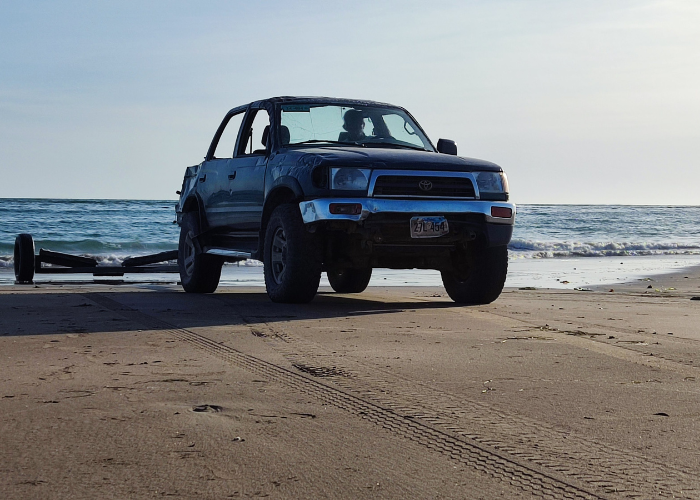
Consider the Truck’s Configuration
Different configurations of the Toyota Tacoma, such as the cab size and bed length, can impact the payload capacity. For instance, a Tacoma with a regular cab and long bed may have a higher payload capacity than one with a double cab and a short bed.
Additionally, four-wheel-drive models might have slightly lower payload capacities than two-wheel-drive versions due to the added weight of the drivetrain. The weight distribution also matters; heavy items should be placed closer to the front of the bed to maintain proper balance and handling, especially during turns or sudden maneuvers.
Accounting for Accessories and Modifications
Adding accessories like bed liners, toolboxes, or aftermarket modifications can affect the payload capacity of your Toyota Tacoma. Although these upgrades improve the functionality of the truck and protect the bed, they also contribute to the overall weight of the vehicle.
Before loading up the bed, consider the weight of any accessories and subtract it from the total payload capacity to determine the maximum weight of the cargo you can carry safely. Strive to strike a balance between utility-enhancing accessories and maintaining the truck’s payload capabilities.
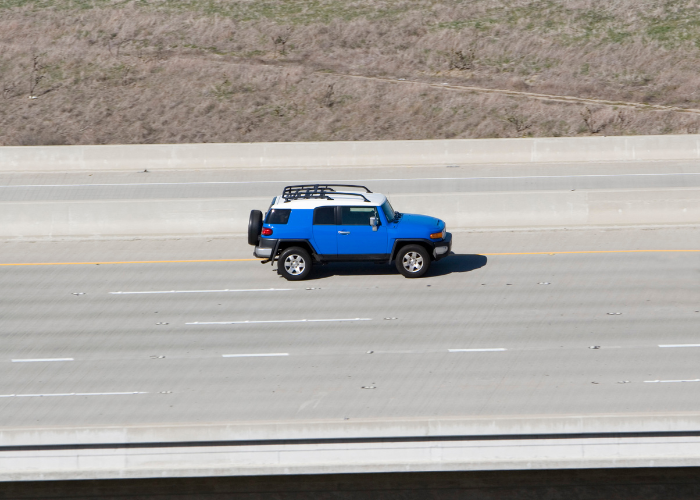
Safety and Legal Considerations
Exceeding the Tacoma’s payload capacity can lead to poor handling, increased stopping distances, and premature wear on suspension components. Moreover, overloading can be illegal and result in fines. Always prioritize safety when loading your Tacoma’s bed, and stay within the manufacturer’s specified limits to avoid these risks.
Additionally, make sure to follow local laws regarding weight restrictions on public roads, as they are in place to protect both drivers and the infrastructure. Responsible hauling ensures not only your safety but also the safety of others sharing the road.

Alternative Hauling Solutions
If you regularly need to carry extremely heavy loads, it’s essential to assess whether the Tacoma can meet your requirements. For heavier hauling tasks, it might be more suitable to explore larger truck models or commercial vehicles. Toyota’s Tundra has a larger payload capacity for heavier loads.
While the Tacoma is undoubtedly capable, understanding its limitations and considering your hauling needs will help you make an informed decision. Evaluate your requirements carefully to find the most appropriate truck that aligns with your specific usage, ensuring efficient and safe transportation of your cargo.
Frequently Asked Questions
Is BSM effective during adverse weather conditions?
While BSM is a valuable safety feature, its effectiveness can be affected by adverse weather conditions such as heavy rain, snow, or fog. Reduced visibility might impact the sensors’ performance, making it essential for drivers to remain attentive and not solely rely on the BSM system during such conditions.
Can BSM replace the need for visual checks before changing lanes?
No, the Blind Spot Monitor is not a substitute for visual checks before changing lanes. Drivers should always practice proper visual checks to ensure there are no vehicles or obstacles in their blind spots. BSM serves as a complement to these checks, providing an additional layer of safety.
Does BSM cater only to inexperienced drivers?
No, Blind Spot Monitor benefits both inexperienced and experienced drivers alike. While it is particularly helpful for less experienced drivers, it acts as a valuable safety feature for all drivers, assisting them in avoiding potential collisions and promoting safer driving practices.
Should drivers consider BSM when purchasing a new Toyota vehicle?
Yes, drivers should consider opting for a Toyota vehicle equipped with the Blind Spot Monitor. BSM offers an added layer of protection and peace of mind, enhancing driving safety and contributing to a safer road environment for all road users.
What are the limitations of BSM?
The limitations of the Blind Spot Monitor include its dependency on sensors, which may be affected by adverse weather conditions or blockages due to dirt or debris. Additionally, BSM is not infallible and should be used as a supportive safety measure, not a replacement for responsible driving practices.
Conclusion
The Toyota Tacoma’s bed is a valuable asset, allowing you to carry a variety of cargo for work or leisure. However, knowing the truck’s payload capacity and understanding the impact of different configurations and accessories is crucial to safe and efficient hauling.
Always consult the owner’s manual or the manufacturer’s specifications to determine the maximum weight your Tacoma can carry in the bed. By adhering to these guidelines, you can make the most of your Tacoma’s capabilities while ensuring the safety of yourself and others on the road.







